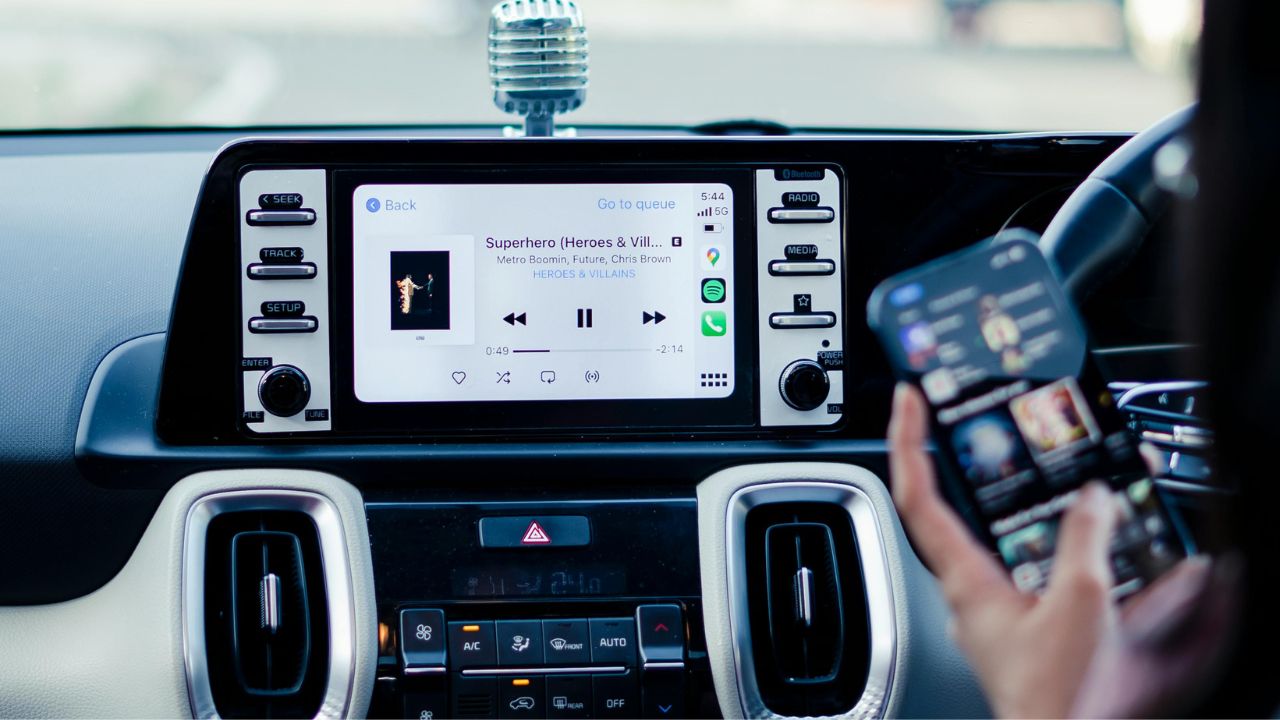The advent of 5G technology is set to revolutionize multiple industries, and the automotive sector is no exception. With its promise of ultra-fast data speeds and low latency, 5G can transform how vehicles communicate, operate, and integrate with smart infrastructure. This article delves into the pivotal role that 5G will play in the future of vehicles, highlighting its potential benefits and challenges.
The Impact of 5G on Vehicle Connectivity

One of the most promising applications of 5G in the automotive industry is enhanced Vehicle-to-Everything (V2X) communication. With 5G, vehicles can seamlessly interact with each other, infrastructure, pedestrians, and networks. This connectivity enables a range of functionalities, from receiving real-time updates on road conditions to communicating with traffic lights to optimize flow. For instance, Audi’s Traffic Light Information system in select cities already allows vehicles to “talk” to traffic lights, reducing wait times and improving fuel efficiency.
Real-time data processing becomes a reality with 5G, which is essential for effective traffic management and accident prevention. The instantaneous exchange of data allows for better decision-making by both human drivers and autonomous systems. For example, if a vehicle brakes suddenly, nearby cars can receive immediate alerts, allowing drivers or automated systems to react promptly and avoid collisions. This rapid data exchange is a significant step toward achieving safer roads for everyone.
Additionally, the evolution of in-car infotainment systems stands to benefit greatly from 5G. As data speeds increase, drivers and passengers can enjoy enhanced entertainment options, such as 4K streaming and immersive virtual reality experiences. Moreover, personalized user experiences become more accessible, with systems like Tesla’s in-car software offering tailored recommendations for navigation, media, and more, based on real-time data analytics.
Autonomous Vehicles and 5G

For autonomous vehicles, low latency is not just an advantage—it’s a necessity. The ability to process and respond to data in milliseconds is crucial for safety and effective decision-making. In the case of autonomous driving, even a minor delay can be the difference between a smooth journey and a potential accident. Companies like Waymo and Uber are investing heavily in 5G technology to ensure their autonomous fleets can operate safely and efficiently.
5G also enhances the integration of sensors and AI in self-driving cars. The massive data requirements of these technologies necessitate a robust network capable of handling large volumes of information quickly. With 5G, autonomous vehicles can process inputs from LiDAR, cameras, and other sensors in real time, allowing AI algorithms to make informed decisions on the fly. This level of integration is essential for the continued development and deployment of self-driving technologies.
The future of fleet management is another area where 5G will make a significant impact. Autonomous vehicle fleets, whether for ride-sharing services or logistics, require efficient management systems to optimize operations. With 5G, fleet operators can monitor vehicle status, performance, and location in real time, making it easier to coordinate routes, manage maintenance, and enhance overall efficiency.
5G and Smart Infrastructure

Smart traffic systems are set to be a cornerstone of urban mobility, and 5G is poised to play a pivotal role in their development. By facilitating real-time communication between vehicles and traffic management centers, 5G can help reduce congestion and improve safety. For example, cities like Los Angeles are already testing smart traffic lights that adjust their timing based on real-time traffic data, a concept that will only become more effective with 5G.
Vehicle-to-Infrastructure (V2I) communication is another critical aspect of smart infrastructure. With 5G, vehicles can interact directly with traffic lights, signage, and other components of the road network. This interaction allows for dynamic traffic management, where signals can change based on current conditions, and vehicles can receive alerts about upcoming hazards. The potential for enhanced safety and efficiency through V2I communication is enormous.
Moreover, 5G will significantly influence urban planning and development. As cities look to integrate smart roads and transport systems, the reliable connectivity offered by 5G will be crucial. Planners can design roads that communicate with vehicles to provide optimal driving conditions, reducing emissions and improving travel times. The integration of 5G into urban environments will be a key factor in the development of sustainable, smart cities.
Challenges and Considerations

While the benefits of 5G in vehicles are compelling, there are several challenges and considerations to address. Security and privacy concerns are paramount, as increased connectivity opens up new avenues for cyberattacks. Protecting data and ensuring the integrity of communication systems will require robust cybersecurity measures and ongoing vigilance from manufacturers and service providers.
Building and maintaining the necessary 5G infrastructure to support widespread vehicle connectivity poses another challenge. The deployment of 5G networks requires significant investment in new towers, antennas, and other technologies. Rural and less economically developed areas may face delays in implementation, raising concerns about equitable access to the benefits of 5G.
The economic impact and accessibility of 5G technology also warrant consideration. While early adopters may benefit from advanced features and efficiencies, the cost of new technology can be prohibitive for some consumers. Industries and governments must work together to ensure that 5G remains accessible to all market segments, fostering an inclusive transition to this new era of connectivity.
The Road Ahead: Future Prospects

Looking to the future, the integration of emerging technologies such as AI, IoT, and blockchain with 5G in vehicles presents exciting possibilities. The synergy between these technologies could lead to innovations in vehicle automation, data sharing, and security. For example, blockchain could offer secure, decentralized data storage solutions for autonomous vehicles, enhancing trust and reliability in the system.
Policy and regulation will play a crucial role in facilitating the safe and efficient adoption of 5G in the automotive industry. Governments and regulatory bodies must establish frameworks that support innovation while ensuring safety and privacy. Collaborative efforts will be necessary to address challenges and create standards that benefit the entire industry.
On a global scale, 5G is set to shape automotive markets and influence future vehicle development strategies. As countries invest in 5G infrastructure and technology, the automotive sector will need to adapt to new trends and consumer demands. Manufacturers that embrace 5G and its potential for connectivity and automation will likely lead the way in defining the future of mobility.
Like Fast Lane Only’s content? Be sure to follow us.
Here’s more from us:
*Created with AI assistance and editor review.






Leave a Reply